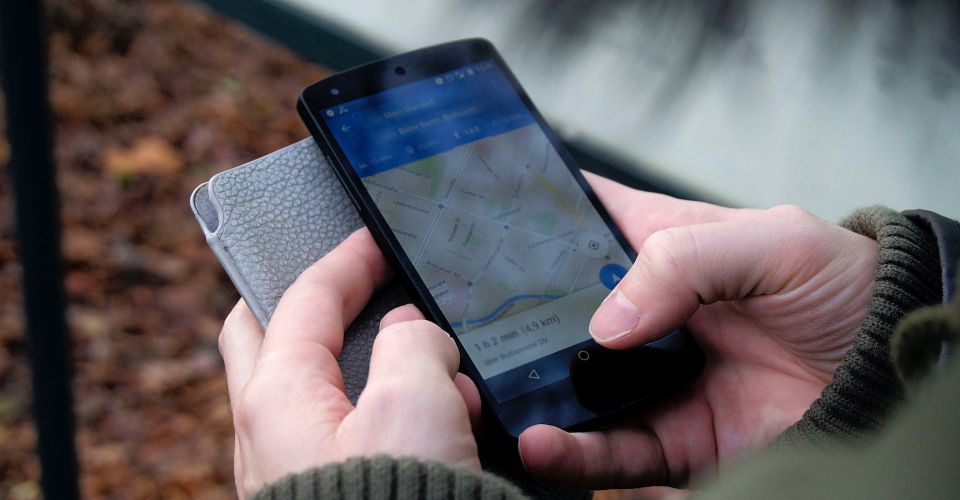Improve Location Accuracy On An Android Phone With These Tips

For Android phone users having trouble with GPS, there are a few tips that can improve the location accuracy on their devices. GPS stands for Global Positioning System, and it works by using radio signals from satellites to determine an object’s location. There are currently 26 operational GPS satellites in orbit around the earth, with new ones being sent into space to replace older ones when needed. A GPS receiver, such as the one on an Android phone, needs to receive signals from at least four satellites to determine its location on earth.
Android phones use GPS for navigation when using Google Maps, setting the correct time zone on a device, displaying relevant websites when using Google search, receiving earthquake alerts, or enabling emergency location services when a user dials 911, for example. The best way to check if the location on an Android phone is accurate is by opening Google Maps. The blue dot on the map will display the current location. Google Maps doesn’t rely solely on GPS for pinpointing location – it also uses Wi-Fi networks and cell towers for a more accurate result.
If the location of the blue dot on Google Maps doesn’t seem correct, the best way to fix it is by enabling the high accuracy mode. To do this, open the Settings app on an Android phone, scroll down to find ‘Location‘ and tap on it. Make sure the ‘Location access‘ toggle is turned on. After this, scroll down to ‘Google Location Accuracy‘ on the same page, and switch this toggle on as well. This is the mode that uses Wi-Fi, mobile networks, and other sensors to improve location. If switched off, the Android phone will only use GPS for location. As per Google, GPS alone can determine current location up to 20 meters and isn’t always accurate when the device is inside buildings or underground. On some Android phones, location settings will also have separate options for turning on Wi-Fi and Bluetooth scanning, and these can be enabled to boost the accuracy further.
Boost Your Android Phone’s GPS Accuracy

Once the Android settings are configured, the next step to improve GPS accuracy is by calibrating the compass. To do this, open the Google Maps app and click on the blue dot. A pop-up will appear with a summary titled ‘Your Location‘. Tap on the ‘Calibrate‘ option. If there’s an issue with the compass accuracy, the phone will display it as ‘low‘. To calibrate the compass, tilt and move the phone in a figure eight pattern a few times until the compass is calibrated. Repeat the process if required.
While having location enabled on an Android device has far more advantages than keeping it turned off, there are a few cases where a user might want to disable it. This is especially true for apps. Not all apps require access to location services to function correctly, but most of them request this permission anyway. In the Location settings on an Android phone, users will be able to tap on ‘See all‘ under ‘Recent Location Requests‘ to see which apps recently used the phone’s location. The ‘App Access To Location‘ option lets users see which apps have location permission enabled all the time and while in use. Clicking on any Android app in the list will allow users to modify the location permissions, or turn off entirely.
Source: Google
About The Author

















